From laundry capacity, extra features, controls, design and smart features, we’ll explain what you need to know before buying a new best dryer.
Clothes dryers are not as glamorous as their washing counterparts. Yet, the work they do is just as important to living comfortably at home. And dryers aren’t the basic, bulky but compact machines they once were. Today’s dryer models are more spacious, energy-efficient, and dare we say attractive Some even have smart, connected features.
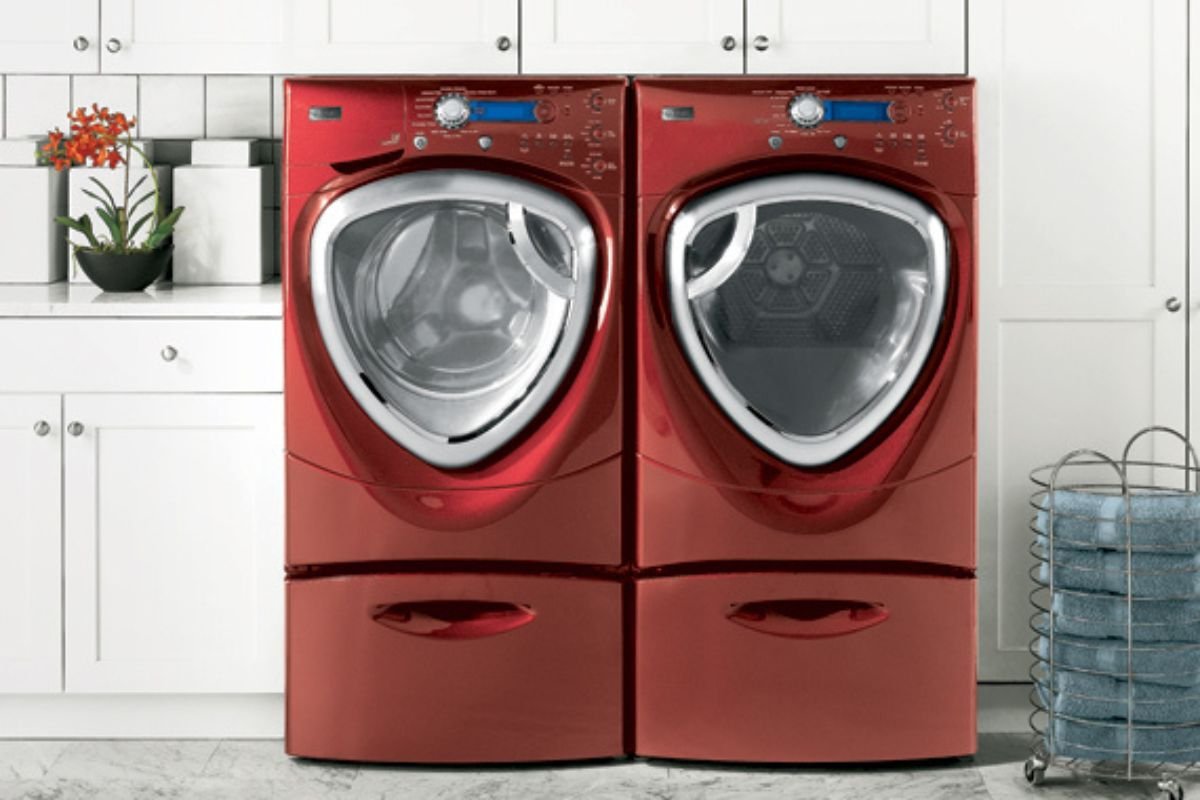
So if you’re ready to replace an old dryer or buy your first one, you’ve come to the right place. This guide gives you the information you need to make a purchase that suits your specific laundry needs.
Choosing the right type of dryer
There are several factors to consider when shopping for a new dryer. How much money do you want to pay up front? How much do you want to pay the electricity company every month? How much space do you have available? How important is the appearance of the dryer to you? What kind of features do you want in your dryer?
This guide will cover all of these angles, but first, you need to determine which type of dryer is best for your home. Fortunately, there are only two options, and in many cases, the decision will be a fairly simple one.
Should you get an electric or gas model?
With the exception of your refrigerator, nothing in your home will use more energy than your dryer, and this is true for both electric and gas models. However, there are differences in the way each type of dryer uses energy, which can have a big impact on the actual cost of owning and operating each other. Understanding these differences is key to making an informed decision.
set up
Electric dryers require a dedicated 240-volt circuit, which almost every laundry room will have. Gas dryers, on the other hand, require a separate gas hookup, which is less common in American households. If you decide to buy a gas dryer, you may have to factor in the cost of having a gas line professionally installed. Be aware that this can cost upwards of several hundred dollars — in many cases, it can outweigh the long-term energy bill savings, or at least render them negligible. And even if you already have a gas line ready to go, it might be wise to have your new gas dryer installed by a trusted professional. Consequences of faulty installation can include fire, carbon-monoxide poisoning or even an explosion.
Bottom line
If you’re looking for an affordable dryer that you can simply plug into an existing laundry room in your home or rental, an electric dryer is probably what you want. Even if you already have a gas line set up, you may still want to consider an electric dryer if you think you’ll likely be moving in the next few years.
However, if you’re comfortable in your home and have a gas line ready to go (or can afford to install one), go for a gas dryer. You’ll enjoy slightly faster cycles, and chances are good you’ll save at least some money on the long haul.
Choosing the Right Size Best Dryer
If you’re buying a matching washer-dryer set, it’s a fairly painless process. No matter which size set you go with, you’ll be able to use your new machine together without any hassle. The confusing part comes when you’re buying a standalone dryer to complement an existing washer. Go too small, and you won’t be able to dry a full washer load in one cycle. Go too big, and you’ll burn through your money with every cycle.
Know your power needs
Your standard “full-size” dryers typically range from about 7.3 cubic feet (cu. ft.) to 8.3 cu. ft., although compact units are available as small as 3.4 cu. ft., as well as larger “mega-capacity” offerings such as 9.2 cu. ft. Appliance brands such as Kenmore, Whirlpool, LG, and Maytag offer regular-sized dryers with larger capacities.
Which size is right for you? For one to two people washing only light clothes and without heavy bedding, a compact unit is probably sufficient. Most people, however, will want a full-size dryer capable of drying heavy items and large loads, and since load size is determined by the size of your washer, you’ll want to start there. A simple rule of thumb is that the capacity of your dryer should be about twice the capacity of your washer. If your washer has a 3.5 cu. ft. capacity, for example, then look for a dryer with 7.0 cu. ft. This 1:2 ratio is the sweet spot, giving enough wet laundry to dry efficiently without wasting energy.
A word of caution: don’t get confused by the sales jargon. Terms like “extra-large,” “king-size,” and “super-capacity” are not specific, standardized definitions, especially among different brands. Just because the store lists your new dryer as “extra-large” doesn’t mean it will fit the “extra-large” washing machine you bought four years ago. Stick to the numbers!
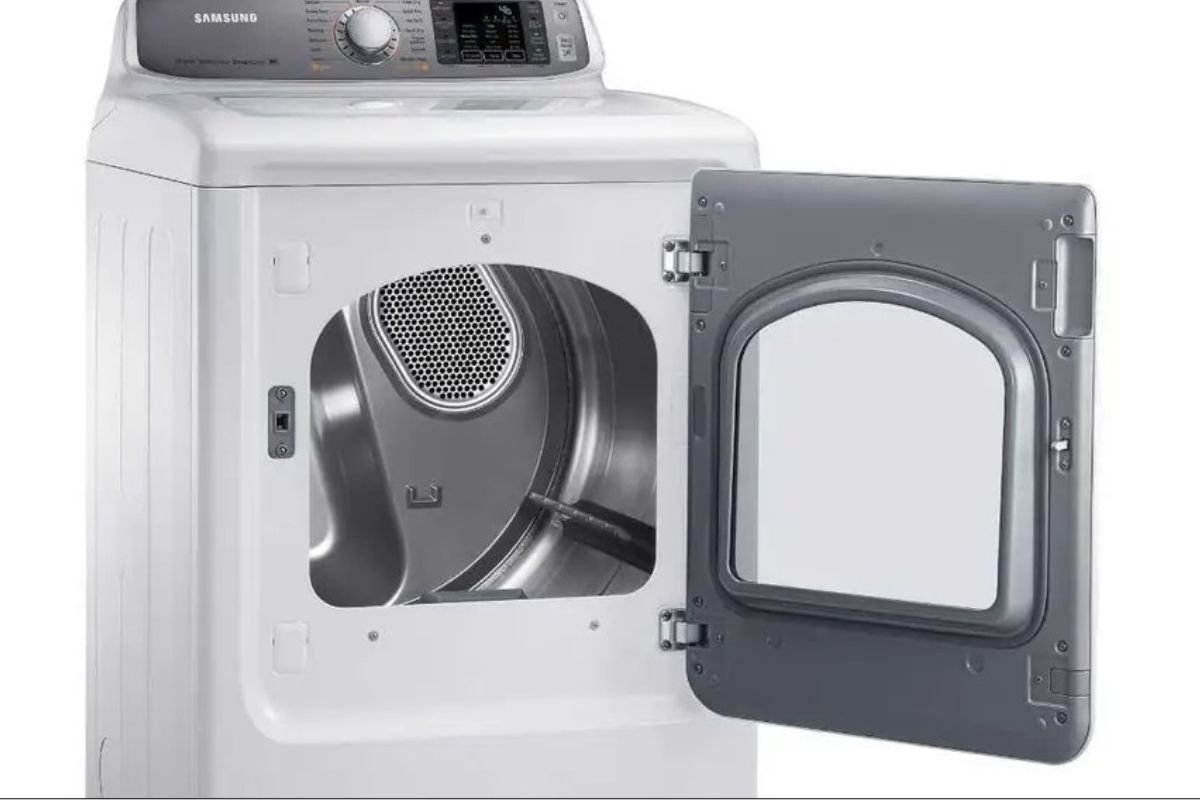
Plan ahead
When buying your dryer, don’t worry about the capacity of the washer you currently have. Think about the capacity of your next washer, especially if your current one is already more than six or seven years old. The last thing you want is to have to replace your dryer again once the new washer is installed.
And while we’re talking about looking to the future, are you planning to start a family anytime soon? If so, you’d be wise to plan a larger laundry load as well.
Break out the measuring tape
Settling on a size? well Now it’s time to make sure it will fit in your laundry room. Measure your space, making sure to add at least three inches on each side for heat clearance and back pipes/wires. Most full-size dryers are less than 30 inches wide, anywhere from 25 to 35 inches deep, and 35 to 45 inches tall. If you can comfortably accommodate these margins, you’re in good shape.
When you’ve got that measuring tape, it’s a good idea to check your vent distance. Measure a path along the wall from the dryer’s location to where hot air will flow out of the room. Add eight feet for each turn you make. Ideally, you want the total distance to be less than 60 feet. Any more than that, and the heat won’t be able to make it out of your home — a major safety hazard that could eventually cause a fire. In fact, cleaning your dryer vent regularly is always a smart precaution.
Space-savers
If space is a concern, you can look at a laundry center. These are tall, narrow units that you’ll find tucked away in apartment closets, usually with a top-loading washer on the bottom and a front-loading dryer on top. Such units can be found in either gas or electric models and will run you anywhere from $1,400 to $1,700.
There are also stand-alone washers and dryers that can be stacked on top of each other with a “stacking kit” which is usually a pair of small metal plates that you screw onto the back of the stacked washer. And dryer, bracket them together. Stacking kits cost anywhere from $50 to over $200, and considering they’re made of about a dollar’s worth of metal, they’re worth a bit of a splurge at any cost. They’re a necessity, though — stacked washer dryers that are left unfastened don’t stay stacked long when things start moving around inside.
Additionally, you’ll be able to create the space you need for your new dryer by getting rid of cabinet or shelving space and replacing it with a dryer pedestal. These accessories sit underneath the dryer, raising it to a height that is perhaps more manageable and creating additional storage space in the form of a built-in drawer. The LG Twin Wash takes this concept to the next level. The washer sits on a platform which is actually a special washing chamber separate from the main drum of the machine.
Choosing the right controls and features
For decades, dryers have been good at one thing: drying. But these days, with consumers demanding more from their home appliances, manufacturers are working hard to design clever ways to make their dryers more well-rounded. As a result, today’s buyer will find a wide variety of surprisingly versatile dryers available for sale. Here’s what to watch out for:
Basic features
Most dryers still use some sort of dial to select the cycle with a start/stop button. The number of preset cycles will vary from unit to unit, but chances are good that you’ll have a few options to choose from with more precisely timed drying settings. More and more units these days boast some kind of digital display. These often make for a fancy, space-age dryer, but if they don’t offer any additional functionality, they can serve as an easy excuse for the seller to charge a little more.
Many dryers also come with a delayed start mode, which allows you to load the machine, set a timer, and delay the start of the cycle until the timer reaches zero. This can be a great way to run the machine late at night or early in the morning, when power rates are often significantly lower. This can be a great way to ensure you have toasty, fresh-from-the-dryer clothes to wear on cold winter mornings.
Another basic feature to think about is the hinge. Do you want your dryer door to open left or right? Almost all models will allow you to choose. We recommend placing the hinge on the opposite side of your washer. That way, the door won’t be in your way when transferring damp clothes from the washer to the dryer.
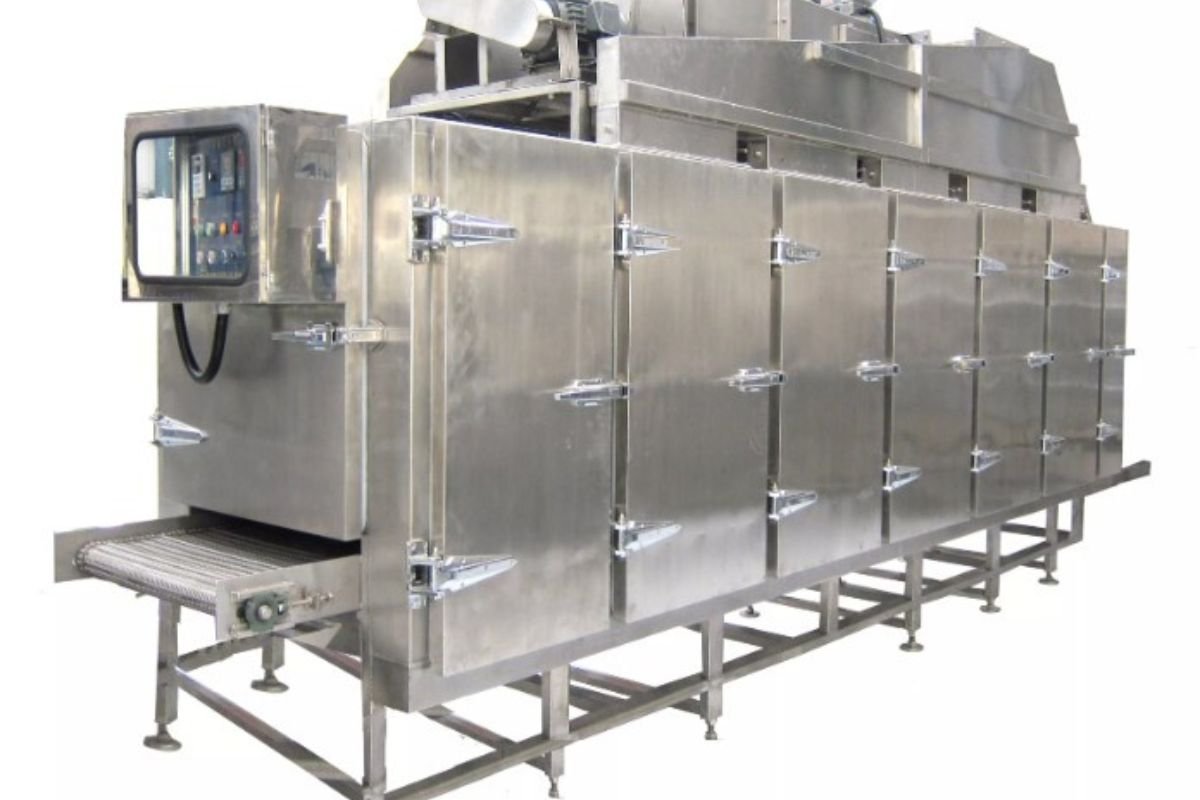
Increase efficiency
One of the most popular recent developments in dryer technology is the addition of a steam cleaning cycle. Using nothing but the power of steaming water, these short cycles can remove light stains and odors from clothing. Some steam cleaning cycles will even allow you to sanitize previously washable items like throw pillows and children’s toys. They also do a decent job of removing wrinkles, but don’t expect to completely retire your ironing board.
If you cherish the crisp lines of sharply creased and pressed dress shirts and proper business attire, you will be disappointed. So far no fancy steam cycle can replicate the results of a quality steam iron or dry cleaning.
Although the steam cycle was initially a feature found only in the most high-end models, its popularity has helped it quickly spread to more affordable mid-level units. As such, dryers with Steam Cycle can be a good fit for buyers looking for an affordable but discrete upgrade over their current hardware.
Another feature aimed at improving the performance of your dryer is the drying rack. These detachable racks are designed to rest horizontally within the drum, so you can tumble dry delicate or clunky items. You can also find units with increased storage capacity, including models with shelving towers that fit between washers and dryers, or models with an adjustable, built-in folding table on top. And if you wash a lot of large, heavy bedsheets and comforters, keep an eye out for features that end the cycle by stopping the cycle and spinning slowly, leaving your bed neat and wrinkle-free.
Why get a smart dryer?
Everywhere you look, it seems like home appliances are getting smarter — or at least trying to — and dryers are no exception. While options are still somewhat limited, several major manufacturers are already selling their take on smart dryers, promising a whole new category of functionality. Appliance
companies that currently offer smart, connected laundry products include Maytag , Whirlpool , Samsung , LG , and GE .
Smart usage tracking
Usage tracking isn’t unique to smart dryers — GE’s high-end, non-smart models already provide detailed efficiency stats for every load you run, helping teach you how to be smarter about your energy use. Smart dryers have the potential to take this feature to the next level, though, by delivering data directly to your computer, phone or tablet. When you combine this capability with smart grid awareness, as Whirlpool’s smart dryers do, things start to get really cool.Put away your wet laundry before you go to bed, then the dryer will automatically detect when overnight energy rates are at their lowest, running the load accordingly and saving you money. You’ll wake up to fresh, dry clothes, as well as a nifty report from the dryer delivered right to your phone showing you exactly how much money you’ve saved. Smart grids are not accessible in all areas, so check if this is an option before investing in these types of features.
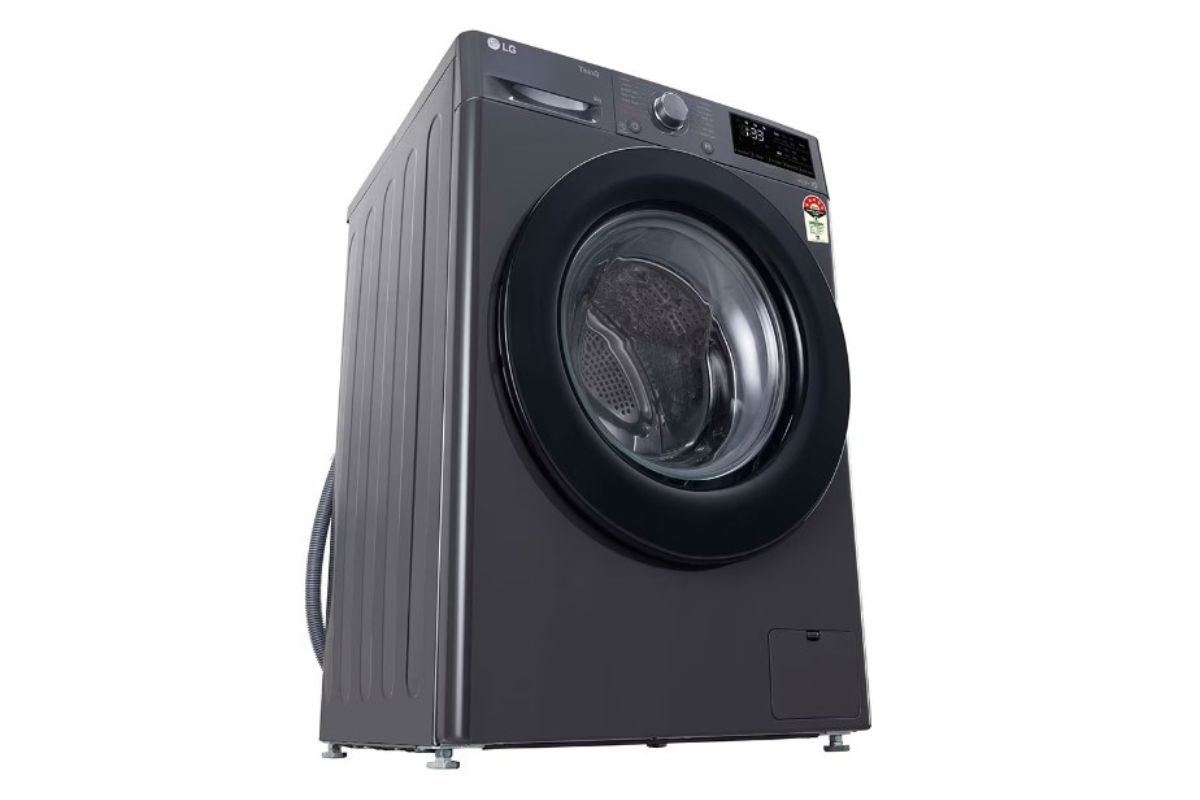
Remote control
Most smart dryers come with remote alerts that will notify you with a text when the cycle is complete, meaning no more constant runs to the basement to see if your clothes are ready to go out yet. Some take it a step further, offering smartphone controls that let you check the real-time status of the load, start or stop the dryer remotely, or even change the drying cycle.
Also Read: The best coffee makers for 2024
Connect a voice assistant
Virtual assistants like Amazon Alexa and Google Home are also entering the laundry room. Right now, GE’s Geneva skill lets you ask Alexa about the status of your dryer, “Alexa, ask Geneva if my clothes are dry.” Additionally you can say, “Alexa, tell Geneva to spin” and the assistant will instruct the compatible GE dryer to spin your laundry items a bit more. Other appliance manufacturers that offer assistant connected laundry products include LG (Google, Alexa), and Kenmore (Alexa).
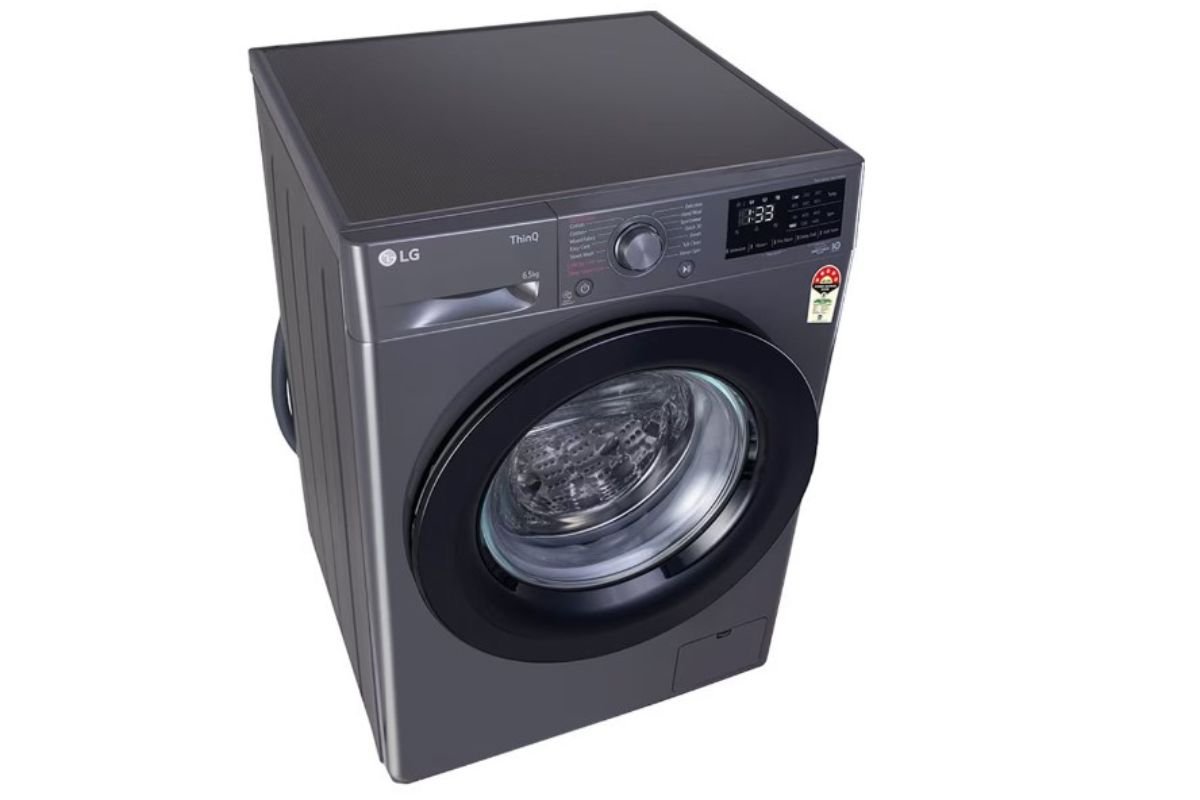
Bottom line
If you’re shopping for a smart dryer, don’t expect a huge selection. At the time of this writing, manufacturers tend to brand these connected machines within their premium product lines with hefty price tags. Outside of their inherent g-whiz factor, though, there’s not much that separates them from very capable dryers without any smarts.
In some cases, some of these key smart features may not be applicable in your situation — we don’t have smart grid access here in Louisville, for example, and if you don’t have the right kind of phone, an Amazon subscription, or Wi-Fi in the laundry room, you’re out of luck. . You’ll want to be sure to do your research before making such a big purchase, and to that end, our in-depth reviews are here to help.
